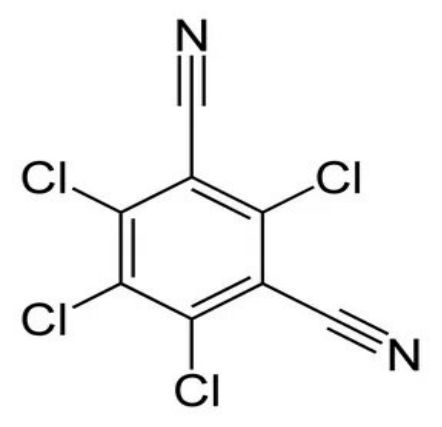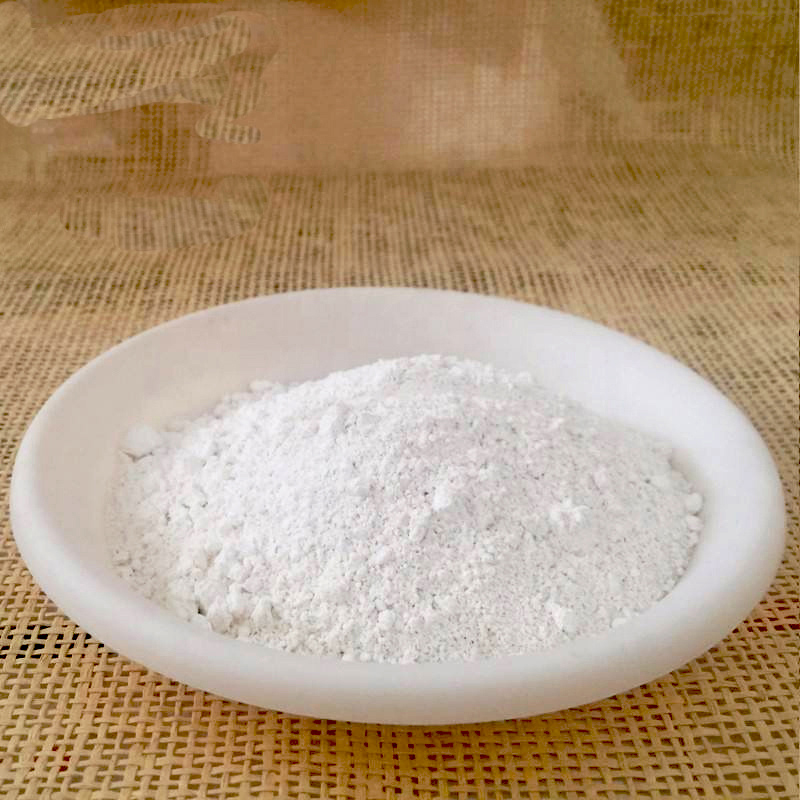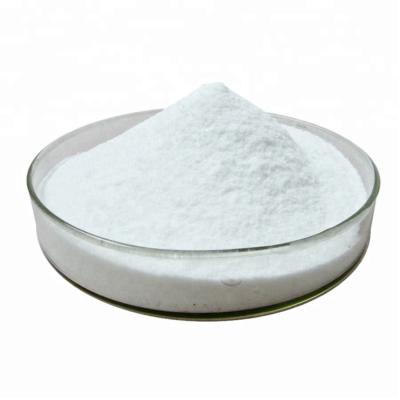Chlorothalonil Common Fungicide
Common name: Chlorothalonil
Chemical name:
2,4,5,6-Tetrachlorobenzene-1,3-dicarbonitrile
Molecular formula: C8Cl4N2
It is effective against Stem gall of coriander, damping off, smut of millet, neck rot of onion, etc.
Thiram has been used in the treatment of human scabies, as a sun screen and as a bactericide applied directly to the skin or incorporated into soap.
Common name: Chlorothalonil
Chemical name:
2,4,5,6-Tetrachlorobenzene-1,3-dicarbonitrile
Molecular formula: C8Cl4N2
Structural formula:

Molecular weight: 265.91
CAS No. : 1897-45-6
Physical and chemical properties:
The pure product is white crystal and has no odor. m.p.250~251℃, b.p.350℃, vapor pressure 1.33Pa (40℃). Solubility at 25℃: benzene 42g/kg, toluene 70g/kg, xylene 80g/kg, dimethylformamide 40gChemicalbook/kg, cyclohexanol 30g/kg, dimethyl sulfoxide 20g/kg, acetone 2g/kg , Kerosene 1g/kg, water 0.6mg/kg. Industrial product purity>98%, slightly irritating smell. It is stable at room temperature and general acid, alkali, and ultraviolet light, not resistant to strong alkali, and non-corrosive.
Product description:
Chlorothalonil is a high-efficiency, low-toxicity, and broad-spectrum fungicide pesticide. Because it has a good control effect on fungal diseases, it is widely used in agricultural production.
Usage:
Chlorothalonil is a high-efficiency, low-toxic and broad-spectrum fungicide. It is widely used in the control of various pests such as fruit trees, vegetables and leaves. It also has a good control effect on many diseases such as rice, wheat and cotton. It is also used as an industrial antifungal agent and fruit preservative.
Submitted successfully
We will contact you as soon as possible




